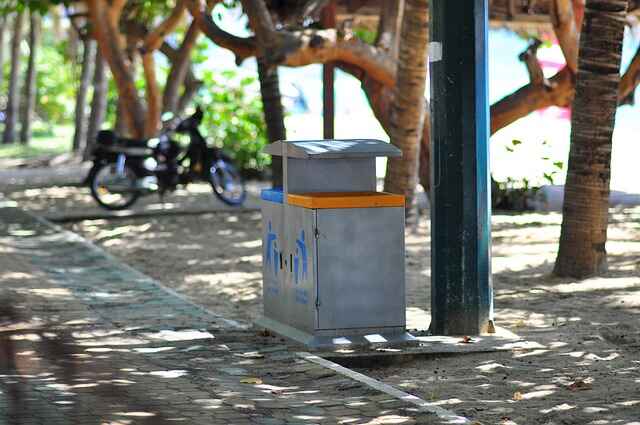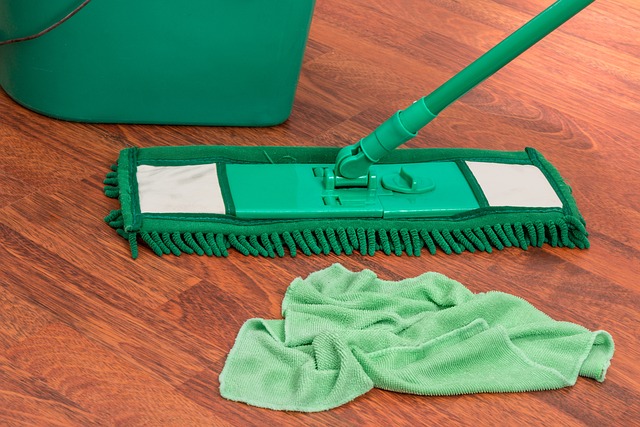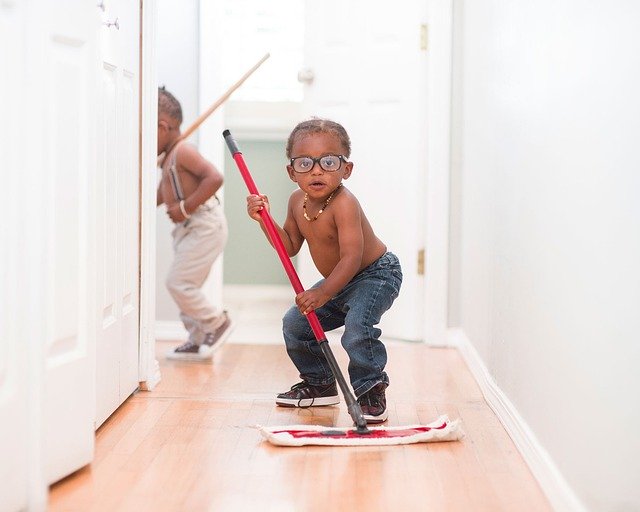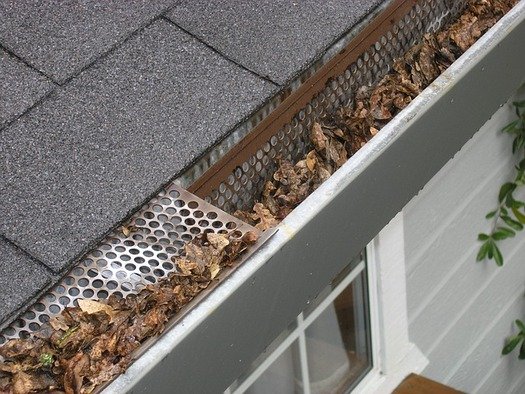In the hustle and bustle of our daily lives, it’s easy to overlook the impact our home cleaning routines can have on the environment. From plastic bottles to disposable wipes, our efforts to maintain a clean and tidy living space can sometimes contribute to a growing waste problem. The good news is that there are simple yet effective steps we can take to minimize waste in our home cleaning routines, making a positive difference for both our households and the planet.
Join us on a journey to discover practical tips that not only simplify your cleaning routine but also play a role in reducing your environmental footprint. From eco-friendly cleaning solutions to mindful disposal practices, these small changes can add up to a significant impact. Let’s explore together how we can make our homes cleaner, greener, and more sustainable.
1. DIY Cleaning Solutions: The Power of Homemade
One of the simplest and most effective ways to cut down on waste in your cleaning routine is to make your cleaning solutions. Commercial cleaners often come in plastic bottles and are filled with chemicals that can be harmful to both your health and the environment. By creating your cleaners, you not only reduce waste but also control what goes into them. Basic ingredients like vinegar, baking soda, and lemon can work wonders in cleaning various surfaces.
Recipe for an All-Purpose Cleaner:
- Mix equal parts water and white vinegar in a reusable spray bottle.
- Add a few drops of essential oil (such as tea tree or lavender) for a pleasant scent.
2. Reusable Cleaning Tools: Ditch the Disposable
Say goodbye to disposable paper towels and cleaning wipes. Embrace reusable alternatives to not only save money but also reduce waste. Consider investing in microfiber cloths, which can be washed and reused multiple times. For floors, use washable and durable mops instead of disposable mop pads. These small changes can add up to a significant reduction in waste over time.
3. Choose Sustainable Cleaning Brushes: A Brush with Nature
Swap out your synthetic cleaning brushes for more sustainable options. Opt for brushes made from bamboo, which is a fast-growing and renewable resource. These brushes are not only eco-friendly but also durable and effective in cleaning various surfaces.
4. Bulk Buying: Less Packaging, More Savings
When it comes to cleaning supplies, buying in bulk can be a game-changer. Look for stores that allow you to refill your cleaning product containers, or invest in larger containers that use less packaging overall. This not only reduces waste but also often saves you money in the long run.
5. Repurpose Old T-Shirts: A New Life for Old Clothes
Instead of using disposable dusting cloths or wipes, repurpose old T-shirts or cloth scraps. Cut them into smaller pieces and use them for dusting surfaces. This not only reduces waste but also gives a second life to your old clothes.
6. Composting Kitchen Scraps: Turning Trash into Treasure
When cleaning the kitchen, make composting a part of your routine. Instead of tossing vegetable peels and coffee grounds into the trash, start a compost bin. Composting not only reduces the amount of waste sent to landfills but also creates nutrient-rich soil for your garden.
7. Smart Packaging Choices: Eco-Friendly Containers
When purchasing cleaning products, pay attention to the packaging. Choose products that come in recyclable or biodegradable packaging. Additionally, some companies offer refill stations where you can bring your empty containers to be refilled, further minimizing packaging waste.
8. Eco-Friendly Laundry Habits: Clean Clothes, Green Planet
Extend your waste reduction efforts to the laundry room. Use eco-friendly laundry detergents and fabric softeners that come in recyclable packaging. Consider using a Guppyfriend bag to catch microfibers when washing synthetic fabrics, preventing them from entering water systems.
9. Mindful Water Usage: Conserve and Preserve
While cleaning, be mindful of water consumption. Turn off the tap when not actively in use, and consider collecting rainwater for tasks like mopping or watering plants. This not only reduces water waste but also helps lower your water bill.
10. Upcycling Containers: From Trash to Treasure
Before discarding cleaning product containers, consider their potential for upcycling. Glass containers can be repurposed for storage, and plastic containers can find new life as organizers. Get creative and turn your cleaning waste into functional and aesthetically pleasing items.
Conclusion
Reducing waste in your home cleaning routine is not only achievable but also rewarding. By adopting these simple tips for reducing waste in your home cleaning routine, you’re not just tidying up your living space; you’re contributing to a cleaner, healthier planet. Each small change adds up, and collectively, our efforts can make a significant impact on reducing the environmental footprint of our daily lives.
As we strive for cleaner homes and a greener Earth, let’s remember that sustainability is a journey, not a destination. With mindful choices and a commitment to change, we can create a home that not only sparkles with cleanliness but also shines as a beacon of environmental responsibility. So, roll up your sleeves, grab your eco-friendly cleaning supplies, and join the movement towards a waste-reduced and sustainable home cleaning routine. Together, we can make a difference, one scrub at a time.














